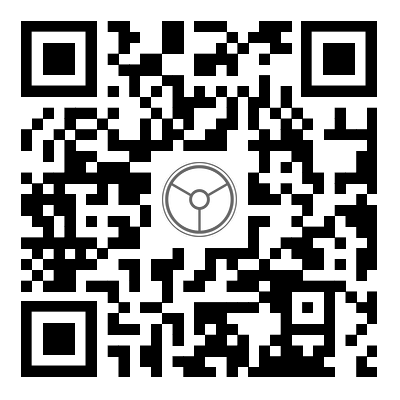What Is the Function of the Rear Wheel Hub Bolt and What Are the Precautions for Replacing It?
2025-05-07
The Rear Wheel Hub Bolt is a fastener that connects the wheel to the vehicle's axle head or suspension system to ensure that the wheel is stable and does not fall off. There are various types, including standard bolts, self-locking bolts, etc. When replacing, you need to pay attention to choosing the appropriate specifications, ensuring the tightening torque, and regularly checking to prevent loosening.
The Rear Wheel Hub Bolt, this seemingly inconspicuous small part, actually plays the role of a guardian of vehicle driving safety. Whenever the vehicle is driving on the road, whether it is a smooth highway or a rugged mountain road, the rear wheel bolts silently bear huge forces and torques to ensure that the wheel is closely connected to the vehicle and prevent the wheel from accidentally falling off during driving.
The main function of the Rear Wheel Hub Bolt is to firmly mount the wheel on the vehicle's axle head or suspension system. They cooperate with the nut on the axle head through the thread to tightly fix the wheel hub on the vehicle. This fastening method not only ensures the stability of the wheel during driving, but also provides the necessary support and guidance for the wheel when the vehicle is turning, braking, etc.
Rear Wheel Hub Bolt can be divided into several types according to its design and function. Among them, the most common are standard bolts and self-locking bolts.
Standard bolts: This type of bolt is the most common type of rear wheel bolt. They are usually made of steel material with standard threads and sizes. When replacing or installing, you need to use the corresponding wrench or socket tool to tighten it. The advantage of standard bolts is that they are low cost and easy to obtain, but it should be noted that they may loosen due to vibration and other reasons during driving.
Self-locking bolts: Self-locking bolts are bolts with special designs. They are usually coated with special locking agents or adopt special thread shapes on the threaded part to achieve the function of automatic locking. This design enables the self-locking bolts to resist vibration and loosening after tightening, improving the reliability of wheel fixing. However, the cost of self-locking bolts is relatively high, and specific tools may be required for replacement.
Notes on Rear Wheel Hub Bolt Replacement:
Choose the right specifications: When replacing the Rear Wheel Hub Bolt, first make sure to choose a product with the same specifications as the original bolts of the vehicle. Rear wheel bolts of different specifications may not fully match the vehicle's axle head or suspension system, resulting in loose installation or damage to vehicle components.
Ensure tightening torque: The tightening torque of the rear wheel bolts is crucial for the fixation of the wheel. Too tight or too loose may cause the wheel to loosen or damage the bolts. Therefore, when replacing or installing the rear wheel bolts, a professional torque wrench should be used to operate according to the tightening torque specified by the vehicle manufacturer.
Regular inspection and maintenance: In order to ensure the reliability of wheel fixation, the owner should regularly check the tightening of the rear wheel bolts. Especially in harsh driving conditions (such as muddy and bumpy roads), the frequency of inspection should be increased. Once the bolts are found to be loose or damaged, they should be replaced in time.
As an important part of vehicle driving safety, the stability and reliability of the Rear Wheel Hub Bolt are directly related to the safety of the vehicle and the driver and passengers. Therefore, the owner should fully understand the basic knowledge and replacement precautions of the rear wheel bolts, and perform regular inspections and maintenance work.



